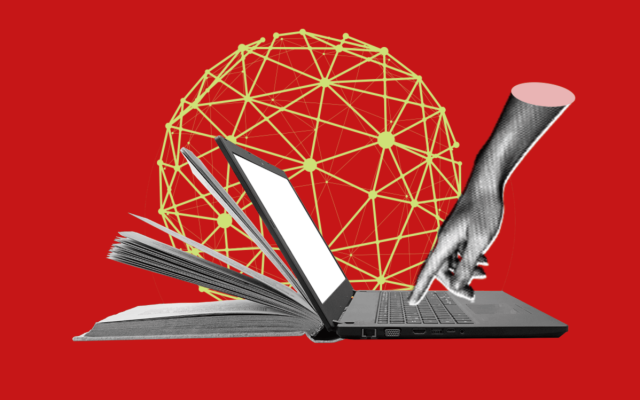Special promotions for the Erickson event
Until tomorrow, September 20, four special promotions are available to participate in the Didattiche.2022 Conference promoted by the Edizioni Centro Studi Erickson in hybrid mode on November 18-19.
You can register for the labs that will be held by Federico Di Giacomo, both for teachers and various school levels.
Baby cosmos and tinkering experiments: how to explain the birth of galaxies to the youngest
What are galaxies and how do they form? What is their importance for the evolution of the universe and the development of life on our planet? In this lab, participants will enjoy simple and fun activities that can be readily applied in class. They will develop “personalized” galaxies as a memento of their participation in this introductory astrophysics class with simple materials and a few principles for innovative didactics for infants.
Stellar Spectrum: the sky is a mine of information! A steam analysis of the light emitted by celestial bodies
For hundreds of years, astronomers have used telescopes to observe space and discover the mysteries of the universe. The first telescopes were made with two lenses and could be lifted with one hand. Now, telescopes are made of mirrors and are humongous. Notwithstanding their dimensions, however, the physical principles that determine the optics of modern telescopes are the same that were used 400 years ago. In the lab, participants will learn about the physical principles that underlie optical telescopes, besides the engineering and technological challenges encountered in building them.
Target: First-degree secondary school teachers
The sky is everyone’s, but we don’t all see the same celestial vault: observing stars and understanding calendars
Since the beginning of time, mankind has cultivated a special relationship with the sky. The heavens have always transmitted the idea of a perfect and eternal order, as well as a sense of infinite majesty, with its regular motion. They were always considered a fundamental tool for orientation and the measurement of time. Besides the daytime motion of the Sun, the Moon’s changing shape also represented a watch to mark the passing of months and weeks. In fact, many cultures still employ lunar phases as a reference for the beginning and end of months. In these activities, based on programming in Scratch, participants will learn how to explain why the Moon appears as full or note. Moreover, participants will be given useful tips on how to pursue cultural diversity related to astrophysics.
Target: Primary school teachers.




